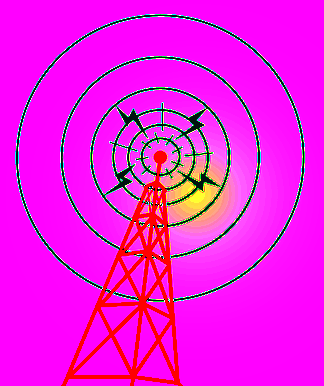Radio sweep shows doses
 A new study finds Melbourne's radio wave exposure has been unchanged over the past decade.
A new study finds Melbourne's radio wave exposure has been unchanged over the past decade.
A recent study conducted by the Australian Radiation Protection and Nuclear Safety Agency (ARPANSA) has revealed that environmental exposure to radio waves in Melbourne has remained largely consistent over the past decade, despite significant population growth and advancements in telecommunications technology, including the rollout of the 5G network.
Dr Chhavi Bhatt, ARPANSA science officer and lead author of the study, described the innovative methodology used for the research.
“We placed a radio wave dosimeter in a bag which we wore around our waist to collect radio wave exposure measurements as we walked around the city,” Dr Bhatt says.
The study began in 2015 with measurements collected along 18 walking paths throughout Melbourne. These paths were revisited in 2022 to assess any changes in exposure.
According to the findings, the median exposure was 0.22 per cent of the ARPANSA limit in 2015, slightly rising to 0.24 per cent in 2022. Both figures are well below 1 per cent of the safety limits set by the agency.
Dr Stuart Henderson, ARPANSA’s assistant director of electromagnetic radiation exposure assessment and co-author of the study, addressed public concerns.
“We receive some calls through our Talk to a Scientist service from people who are concerned about radio wave exposure,” Dr Henderson says.
“What this study shows the community is that even with more devices, transferring more data, exposures have not changed much over time.”
Henderson added that while the research focused on Melbourne, similar results are expected across other major Australian cities.
“As Australia’s primary authority on radiation protection, ARPANSA will continue to study radio wave exposure from wireless technologies to evaluate exposure and protect the community,” he said.
The full study can be accessed here: Micro-environmental personal radio-frequency electromagnetic field exposures in Melbourne: A longitudinal trend analysis.







 Print
Print